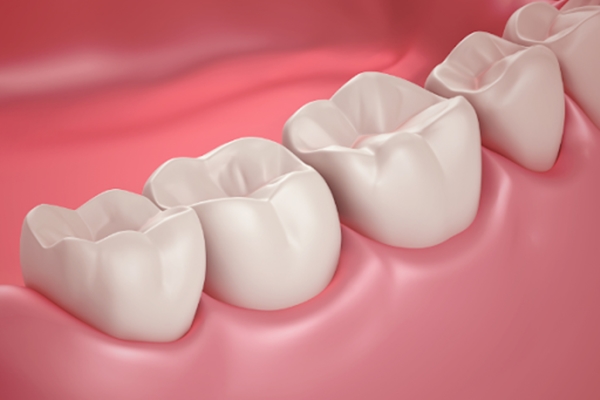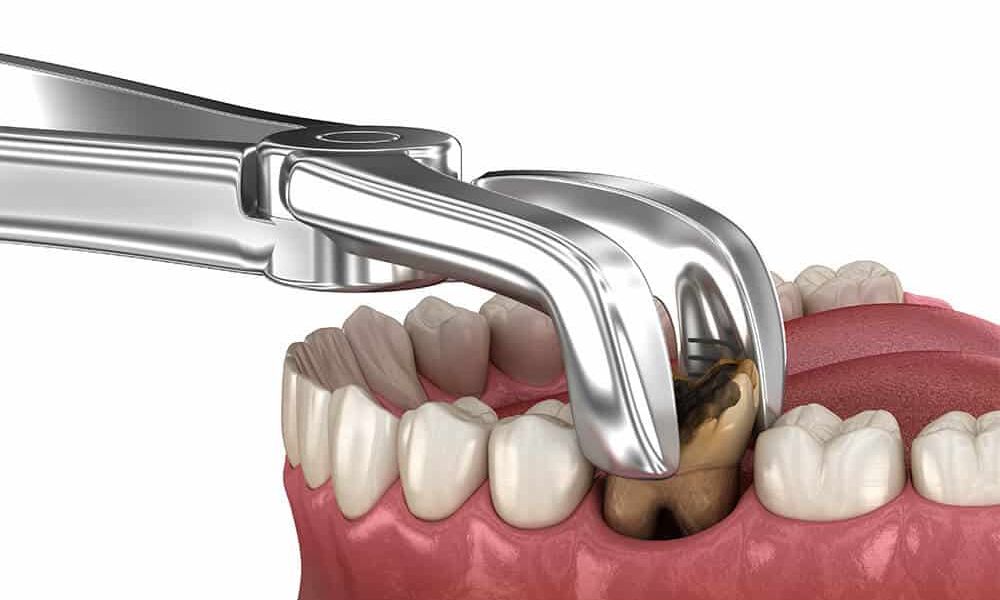A cracked molar is a common dental issue that can lead to discomfort, sensitivity, and potential complications if left untreated. Understanding the treatment process for a cracked molar can help alleviate concerns and prepare individuals for what to expect. This article outlines the causes, symptoms, diagnosis, treatment options, and post-treatment care for a cracked molar.
Understanding Cracked Molars
Cracked molars can occur due to various reasons, including excessive grinding, biting down on hard foods, or experiencing trauma to the mouth. The molars, located at the back of the mouth, are essential for chewing and grinding food. A crack can vary in severity, ranging from minor surface fractures to deeper cracks that affect the tooth’s pulp.
Symptoms of a Cracked Molar
Individuals with a cracked molar may experience a range of symptoms. Common signs include:
- Tooth Sensitivity: Increased sensitivity to hot, cold, or sweet foods can indicate a cracked molar. This discomfort often occurs when pressure is applied during chewing.
- Pain: Dull or sharp pain may be present, particularly when biting down or releasing pressure. The pain may come and go, making it challenging to pinpoint.
- Swelling and Discomfort: In some cases, swelling in the gums surrounding the cracked molar can occur, accompanied by tenderness in the area.
If any of these symptoms are present, it is essential to seek dental attention promptly to prevent further complications.
Diagnosis of a Cracked Molar

When visiting a dentist for a suspected cracked molar, the diagnosis process typically involves a thorough examination. The dentist will:
- Review Symptoms: Discuss the symptoms experienced, including any pain or sensitivity, to better understand the issue.
- Conduct a Physical Examination: The dentist will visually inspect the molar for any visible cracks and assess the surrounding gums.
- Utilize Diagnostic Tools: Dental X-rays may be used to identify cracks that are not visible to the naked eye and to evaluate the overall health of the tooth and surrounding bone structure.
Once diagnosed, the dentist will recommend a suitable treatment plan based on the severity of the crack.
Treatment Options for a Cracked Molar
The treatment for a cracked molar varies depending on the severity of the fracture. Common treatment options include:
1. Bonding
For minor cracks, dental bonding may be recommended. This procedure involves applying a tooth-colored resin to the affected area, which is then shaped and polished to match the natural tooth. Bonding can help restore the tooth’s appearance and protect it from further damage.
2. Crown Placement
For more significant cracks that affect the tooth’s structure, a dental crown may be necessary. The process involves:
- Tooth Preparation: The dentist will reshape the cracked molar to accommodate the crown. This may involve removing a portion of the tooth structure.
- Impressions: After preparation, impressions of the tooth will be taken to create a custom crown that fits perfectly.
- Temporary Crown: A temporary crown may be placed while the permanent crown is being fabricated.
- Crown Fitting: Once the permanent crown is ready, the dentist will cement it onto the tooth, providing strength and protection.
3. Root Canal Therapy
If the crack has extended into the tooth’s pulp, root canal therapy may be necessary to remove infected tissue and relieve pain. This procedure involves:
- Anesthesia: The dentist will administer local anesthesia to ensure comfort during the procedure.
- Accessing the Pulp: An opening will be made in the top of the tooth to access the pulp chamber.
- Removing Infected Tissue: The infected pulp will be removed, and the interior of the tooth will be cleaned and disinfected.
- Filling the Tooth: After cleaning, the tooth will be filled with a biocompatible material to seal it.
- Crowning the Tooth: A crown is typically placed over the tooth following root canal therapy to restore its function and appearance.
Post-Treatment Care
After treatment for a cracked molar, individuals should follow specific post-treatment care guidelines:
- Pain Management: Mild discomfort is common after treatment. Over-the-counter pain relievers can help manage any discomfort.
- Dietary Modifications: It may be advisable to avoid hard, sticky, or chewy foods for a period following treatment to prevent stress on the repaired tooth.
- Oral Hygiene: Maintaining good oral hygiene is crucial. Brushing and flossing should be continued, with care taken around the treated area.
- Follow-Up Visits: Attending follow-up appointments is essential to ensure proper healing and to monitor the condition of the cracked molar.
Conclusion
A cracked molar is a dental issue that requires prompt attention to prevent further complications. Understanding the symptoms, diagnosis, and treatment options can help individuals feel more prepared and less anxious about the process. Whether through bonding, crowns, or root canal therapy, a cracked molar can often be successfully treated, allowing individuals to maintain their oral health and enjoy their favorite foods once again.

